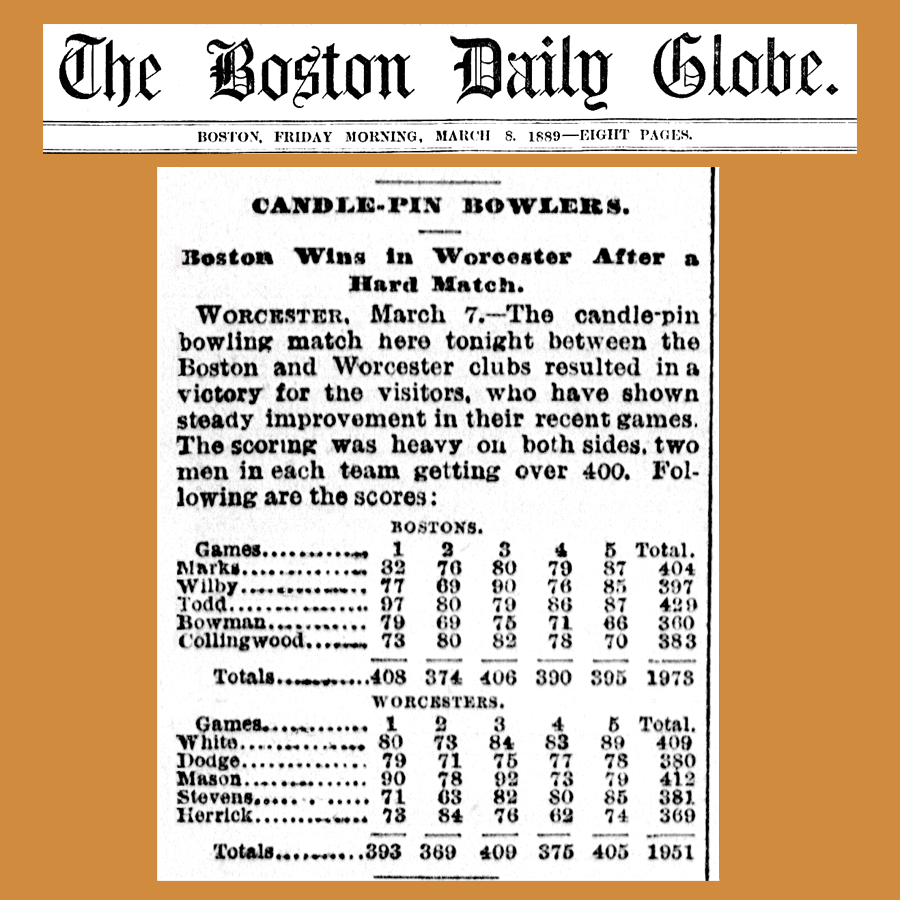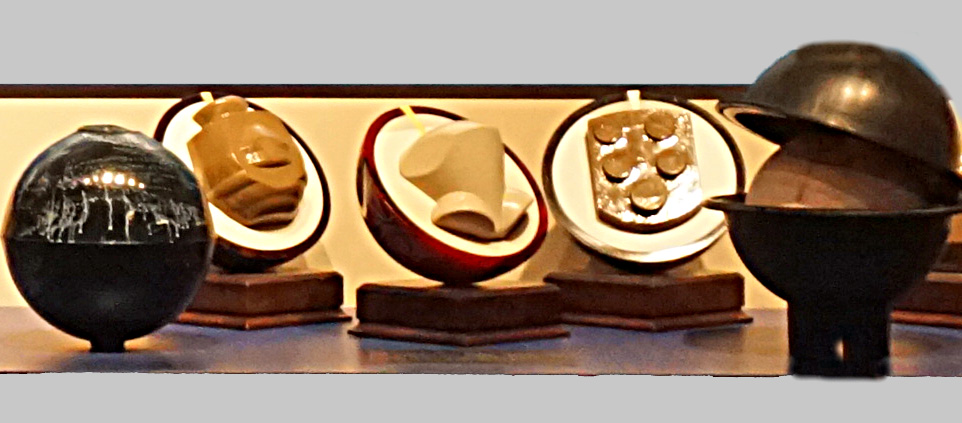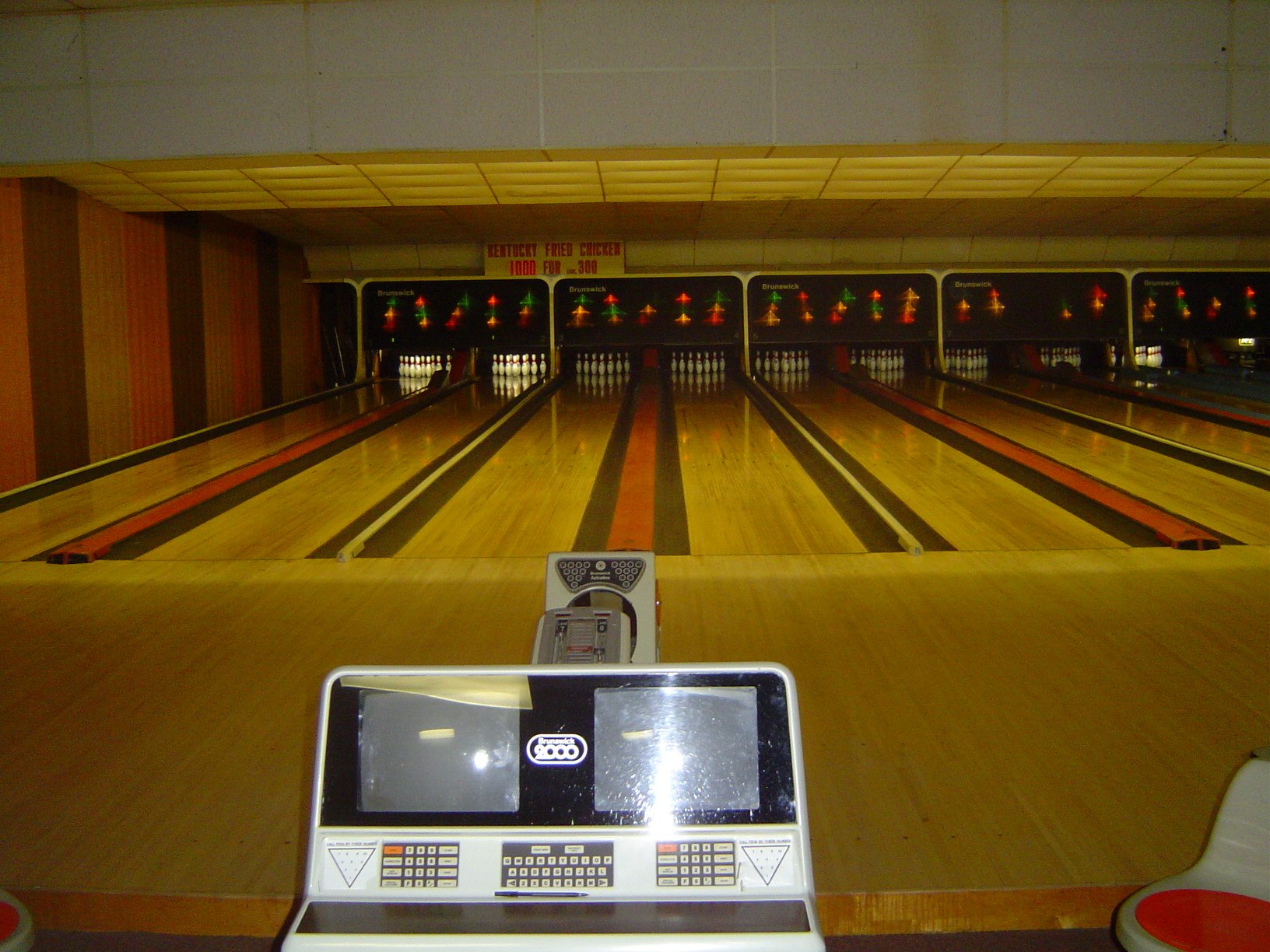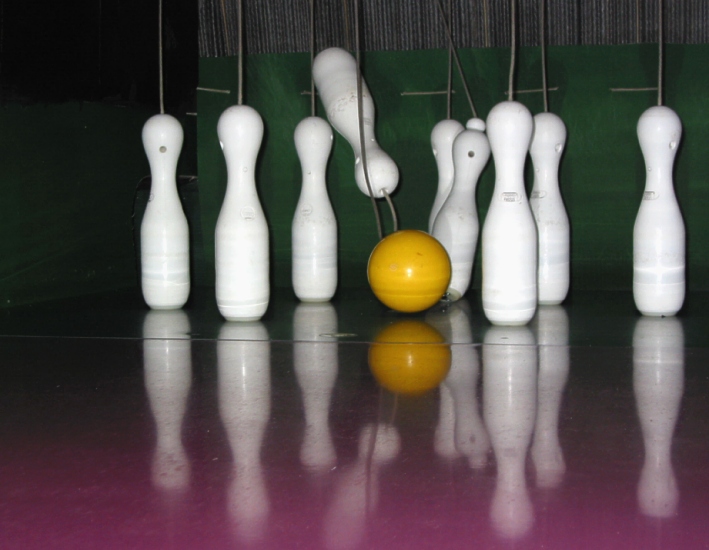|
Pinsetter
In bowling, a pinsetter or pinspotter is an automated mechanical device that sets bowling pins back in their original positions, returns bowling balls to the front of the alley, and clears fallen pins on the pin deck. Prior to the machine's invention, pinsetters were boys or young men (''pin boys'') hired at bowling alleys to manually reset pins and returned balls to the player. The first mechanical pinsetter was invented by Gottfried (Fred) Schmidt, who sold the patent in 1941 to AMF. Pinsetting machines have largely done away with pinsetting as a manual profession, although a small number of bowling alleys still use human pinsetters. While humans usually no longer set the pins, a pinchaser (or "pin monkey") is often stationed near the equipment to ensure it is clean and working properly, and to clear minor jams. Beginning in the 1970s, modern pinsetters were integrated with electronic scoring systems of varying sophistication. Many pinsetters have a manual reset button in c ... [...More Info...] [...Related Items...] OR: [Wikipedia] [Google] [Baidu] |
Brunswick Bowling & Billiards
Brunswick Bowling & Billiards was the business segment of Brunswick Corporation that historically encompassed three divisions. Billiards, which was the company's original product line, expanded to include other table games such as table tennis, air hockey, and foosball. Brunswick began manufacturing Bowling equipment and products in the 1880s. The bowling equipment line was sold to BlueArc Capital Management in 2015, which continues to use the Brunswick name among other brands. Brunswick began to directly operate Bowling centers in the mid 1960s. In 2014, the bowling centers were sold to Bowlero Corporation, which phased out the Brunswick name by 2020. The billiard operations were placed in the fitness equipment division, which was spun-off into Life Fitness in 2019. In 2022, the Brunswick Billiards line was sold to Escalade Sports. Billiards The billiards division was established in 1845 and was Brunswick Corporation's original business. Brunswick Billiards designs and/or ma ... [...More Info...] [...Related Items...] OR: [Wikipedia] [Google] [Baidu] |
Candlepin Bowling
Candlepin bowling is a variation of bowling that is played primarily in the Canadian Maritimes, Canadian Maritime provinces and the New England region of the United States. It is played with a handheld-sized bowling ball, ball and tall, narrow bowling pin, pins that resemble candles, hence the name. Comparison to ten-pin bowling As in other forms of pin bowling, players roll balls down a wooden or synthetic lane to knock down as many pins as possible. Differences between candlepin bowling and ten-pin bowling include: * Candlepin involves three rolls per frame, rather than two rolls as in ten-pin. * Candlepin balls are much smaller, being in diameter and have a maximum weight of They are almost identical in weight to a pin, as opposed to ten-pin balls whose maximum allowable weight is more than four times that of a pin. * No oil is applied to the lane, so the ball does not skid but rolls all the way down the lane. * Candlepin balls lack finger holes. * Candlepins are thinner ... [...More Info...] [...Related Items...] OR: [Wikipedia] [Google] [Baidu] |
Bowling
Bowling is a Throwing sports#Target sports, target sport and recreational activity in which a player rolls a bowling ball, ball toward Bowling pin, pins (in pin bowling) or another target (in target bowling). Most references to ''bowling'' are to pin bowling, specifically tenpin bowling, played in the United Kingdom and Commonwealth realm, Commonwealth countries. ''Bowling'' can also refer to target bowling, such as lawn bowls. Bowling is played by 120 million people in more than 90 countries, including 70 million people in the United States alone. In pin bowling, players knock over Bowling pin, pins on a long smooth surface called a ''Bowling alley, lane''. Lanes have a wood or synthetic surface with protective lubricating oil applied in different oil patterns that affect Bowling ball#Ball motion, ball motion. A strike (bowling), strike is achieved when all the pins are knocked down on the first roll, and a spare is achieved if all remaining pins are knocked over on a second ro ... [...More Info...] [...Related Items...] OR: [Wikipedia] [Google] [Baidu] |
Automatic Scorer
An automatic scorer is the computerized scoring system to keep track of scoring in ten-pin bowling. It was introduced en masse in bowling alleys in the 1970s and combined with mechanical pinsetters to detect overturned pins. By eliminating the need for manual score-keeping, these systems have introduced new bowlers into the game who otherwise would not participate because they had to count the score themselves, as many do not understand the mathematical formula involved in bowler scoring. At first, people were skeptical about whether a computer could keep an accurate score. In the twenty-first century, automatic scorers are used in most bowling centers around the world. The three manufacturers of these specialty computers have been Brunswick Bowling, AMF Bowling (later QubicaAMF), and RCA. History Automatic equipment is considered a cornerstone of the modern bowling center. The traditional bowling center of the early 20th century was advanced in automation when the pins ... [...More Info...] [...Related Items...] OR: [Wikipedia] [Google] [Baidu] |
Duckpin Bowling
Duckpin bowling is a variation of the sport of bowling. Duckpin balls are in diameter, weigh between each, and lack finger holes. They are thus significantly smaller than those used in ten-pin bowling but are slightly larger and heavier than those used in candlepin bowling. Duckpins, although arranged in a triangle identical to that used in ten-pin bowling, are shorter, slightly thinner, and lighter than their ten-pin equivalents, which makes it more difficult for the smaller ball to achieve a Strike (bowling), strike. For this reason, similar to candlepin bowling, the bowler is allowed three rolls per frame. Rules Duckpin bowling has rules similar to ten-pin bowling. In a 10-frame game, bowlers try to knock down pins in the fewest rolls per frame. Bowlers have three balls per frame, instead of two as in ten-pin bowling, to knock over a set of 10 pins. If a bowler knocks down all 10 pins with their first roll in a frame, it is scored as a ''Strike (bowling), strike''. If al ... [...More Info...] [...Related Items...] OR: [Wikipedia] [Google] [Baidu] |
Bowling Pin
Bowling pins (historically also known as skittles or kegels) are upright elongated solids of rotation with a flat base for setting, usually made of wood (esp. maple) standing between 9 and 16 inches (23 and 41cm) tall. Some have interior voids to adjust weight and balance. Pins are coated with plastic and painted, by convention mostly white with (usually) transaxial red stripes or other markings around the neck or middle (candlepins). Sets of pins, usually 5, 9, or 10 in a triangular arrangement, are the target of the bowling ball in various bowling games including tenpins, five-pins, duckpins and candlepins. Tenpins Pin specifications are set by the United States Bowling Congress (USBC). World Bowling, formerly World Tenpin Bowling Association, has adopted the USBC specifications. Pins are tall, wide at their widest point, and weigh ±. The first British made tenpin was by H Massil and sons who received the permit no.1 from the British Tenpin Bowling Association (BTBA ... [...More Info...] [...Related Items...] OR: [Wikipedia] [Google] [Baidu] |
Five-pin Bowling
Five-pin bowling is a bowling variant which is played in Canada, where many bowling alleys offer it, either alone or in combination with ten-pin bowling. It was devised around 1909 by Thomas F. Ryan in Toronto, Ontario, at his Toronto Bowling Club, in response to customers who complained that the ten-pin game was too strenuous. He cut five tenpins down to about 75% of their size, and used hand-sized hard rubber balls, thus inventing the original version of five-pin bowling. Gameplay The balls in five pin bowling are small enough to fit in the hand and therefore typically have no fingerholes, although the Canadian 5 Pin Bowlers Association (C5PBA) has approved balls with thumb holes. At the end of the lane there are five pins arranged in a V. They are midway in size between duckpins and ten pins, and they have a heavy rubber band around their middles to make them move farther when struck. Unlike any other form of bowling popular in North America, the pins in five-pin bowling ... [...More Info...] [...Related Items...] OR: [Wikipedia] [Google] [Baidu] |
QubicaAMF Worldwide
QubicaAMF Worldwide or QubicaAMF is a bowling equipment provider. The company has U.S. headquarters in Richmond, Virginia and European headquarters in Bologna, Italy. The company's mascot is an animated anthropomorphic bowling pin character named Qupee. History Qubica S.p.A. was founded in Italy in 1993 by Roberto Vaioli, Luca Drusiani, and Emanuele Govoni to "bring amusement innovations to bowlers and center proprietors worldwide." In 2003 Qubica acquired the Mendes company, a maker of pinsetters, ball returns, and automated scoring systems. QubicaAMF Worldwide was formed in July 2005 when AMF Bowling Worldwide contributed the assets of its Bowling Products Division and Qubica Lux S.à r.l. (successor owner of Qubica) contributed Qubica S.p.A. to a new joint venture of which each company retained 50% interest. In March 2012 the joint venture entered into a non-binding offer with Bowltech International B.V. for the possible acquisition of the joint venture. On July 1, 20 ... [...More Info...] [...Related Items...] OR: [Wikipedia] [Google] [Baidu] |
American Machine And Foundry
American Machine and Foundry (known after 1970 as AMF, Inc.) was one of the United States' largest recreational equipment companies, with diversified products as disparate as garden equipment, atomic reactors, and yachts. History The company was founded in 1900 by Rufus L. Patterson Jr., inventor of the first automated cigarette manufacturing machine. Originally incorporated in New Jersey but operating in Brooklyn, New York City, New York, the company began by manufacturing cigarette, baking, and stitching machines."Diversified Success", ''Time'', May 19, 1961 After World War II, AMF manufactured automated bowling equipment, and bowling centers became profitable business ventures. Bicycle production was added in 1950. The company was once a major manufacturer of products from tennis racquets to research reactors for the US " Atoms for Peace" program. AMF became a major part of what would soon be referred to by US President Dwight D. Eisenhower as "the military-industrial co ... [...More Info...] [...Related Items...] OR: [Wikipedia] [Google] [Baidu] |
Holler House
Holler House is a tavern that houses the oldest United States Bowling Congress, sanctioned Ten-pin bowling, tenpin bowling alley in the United States. It contains the two oldest sanctioned lanes in the nation,Feldman (2004), p. 152. which are still tended by human pinsetters. It was opened in the Lincoln Village, City of Milwaukee, Wisconsin, Lincoln Village neighborhood of Milwaukee, Wisconsin, in 1908. Its 100th anniversary party was held on Saturday, September 14, 2008. ''Esquire (magazine), Esquire'' has rated it one of the best bars in America. History Holler House was founded on September 13, 1908, by "Iron Mike" Skoronski as Skowronski's.McClelland (2008), p. 28. His son, Gene, married Marcy in 1952 and they renamed it ''Gene and Marcy's''. After Gene died in 1990, Marcy Skowronski ran the tavern until her death in December 2019. Her family continues the business. Tradition Starting in the mid-twentieth century, Holler House began a tradition that has since accumulat ... [...More Info...] [...Related Items...] OR: [Wikipedia] [Google] [Baidu] |






